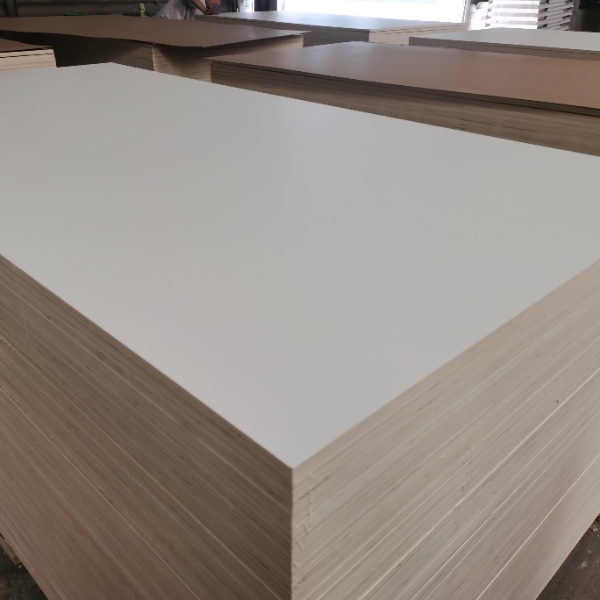Laminated Board Introduction
A laminated board, also known as laminated wood, is a type of engineered wood that is made by layering thin sheets of wood veneer or other materials together using adhesive. The resulting board is stronger and more durable than natural wood and can be used for a wide range of applications. Including furniture, cabinetry, flooring, and decorative panels.
The process of making this type of board involves bonding layers of wood veneer or other materials. Such as particleboard or MDF (medium-density fiberboard), together with the help of an adhesive. The adhesive used can be made from a variety of materials. Such as phenol-formaldehyde, urea formaldehyde, or melamine.
The laminated board comes in a variety of thicknesses, sizes, and grades, and can be made from different types of wood. Such as pine, birch, or oak. It is also available in different finishes. Such as smooth, textured, or glossy.
One of the main benefits of this board is its strength and durability, which make it ideal for use in high-traffic areas or where moisture and humidity are a concern. It is also resistant to warping, cracking, and splitting. Which makes it a popular choice for outdoor furniture and construction applications.
Overall, the board is a versatile and reliable material that offers many benefits over natural wood and is widely used in a variety of industries and applications.
Laminated Board Feature
- Strength and Durability: It is stronger and more durable than natural wood, making it ideal for use in high-traffic areas and where moisture or humidity is concerned. It is also resistant to warping, cracking, and splitting. Which makes it a popular choice for outdoor furniture and construction applications.
- Versatility: This board comes in a variety of thicknesses, sizes, and grades, and can be made from different types of wood or other materials. It is also available in different finishes. Such as smooth, textured, or glossy.
- Consistency: Because the laminated board is manufactured. It has a consistent quality and appearance. Making it easier to work with and ensuring that the final product looks and performs as intended.
- Cost-Effective: The board is typically less expensive than solid wood. Making it a cost-effective alternative for many applications.
- Sustainability: This type of board is made from renewable materials and can be recycled or reused. making it a sustainable choice for environmentally conscious consumers.
FAQ
Q: What is the laminated board?
A: Board, also known as laminated wood, is an engineered wood product made by bonding together layers of wood veneer or other materials using adhesive.
Q: What are the advantages of the laminated board over solid wood?
A: The board is stronger and more durable than natural wood. And it is also less susceptible to warping, cracking, and splitting. It is also more cost-effective than solid wood and can be made from a variety of materials.
Q: What are the different types of laminated boards?
A: There are several types of laminated boards. Including high-pressure laminate (HPL), low-pressure laminate (LPL), and medium-density fiberboard (MDF).
Q: What is the laminated board used for?
A: The board is used for a wide range of applications, including furniture, cabinetry, flooring, and decorative panels.
Q: Is laminated board environmentally friendly?
A: The laminated board is made from renewable materials and can be recycled or reused, making it a sustainable choice for environmentally conscious consumers.

